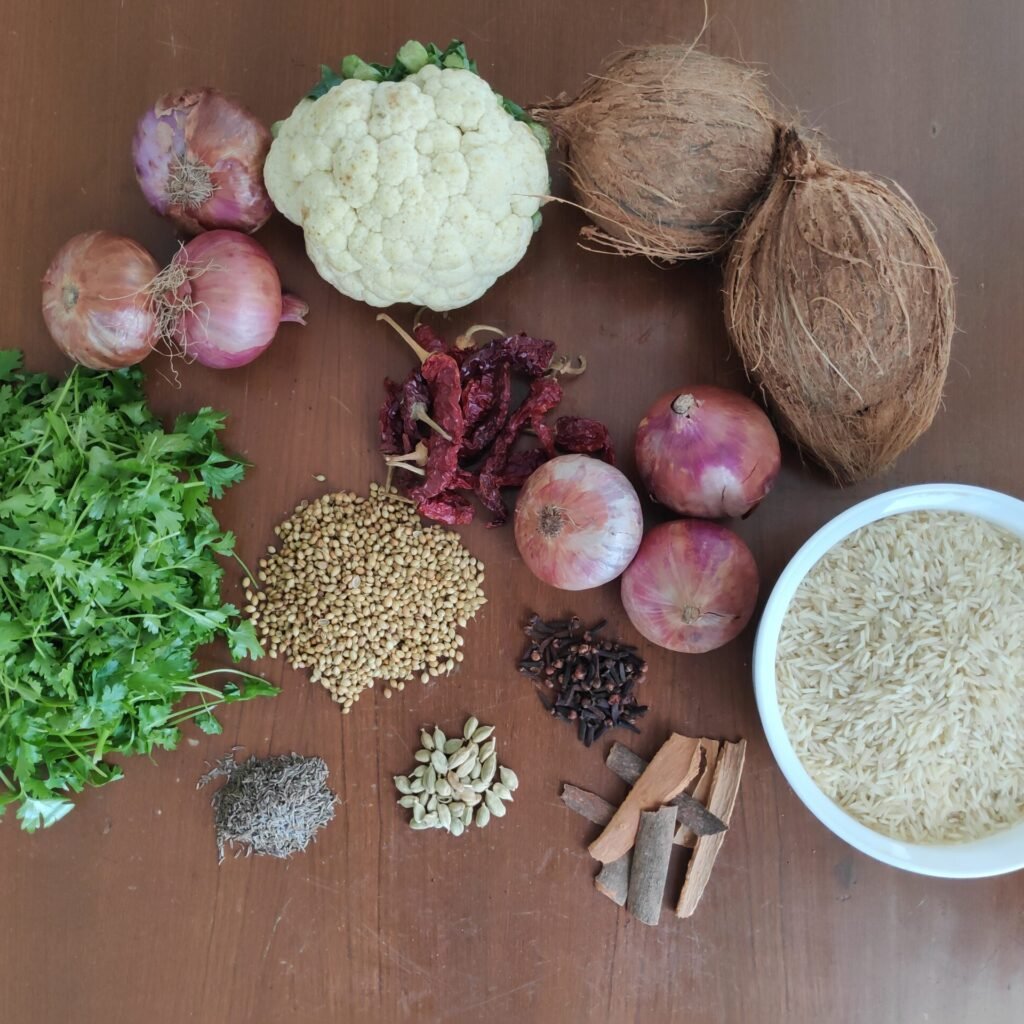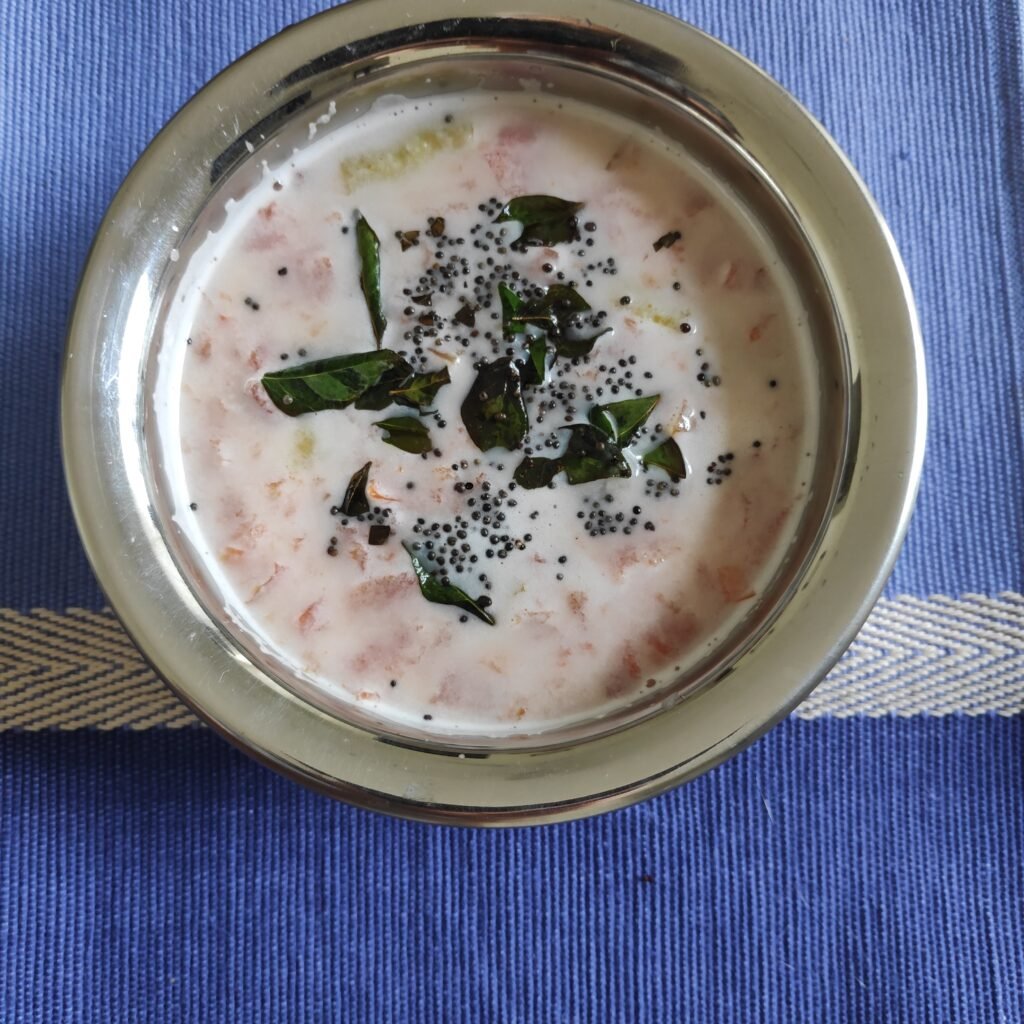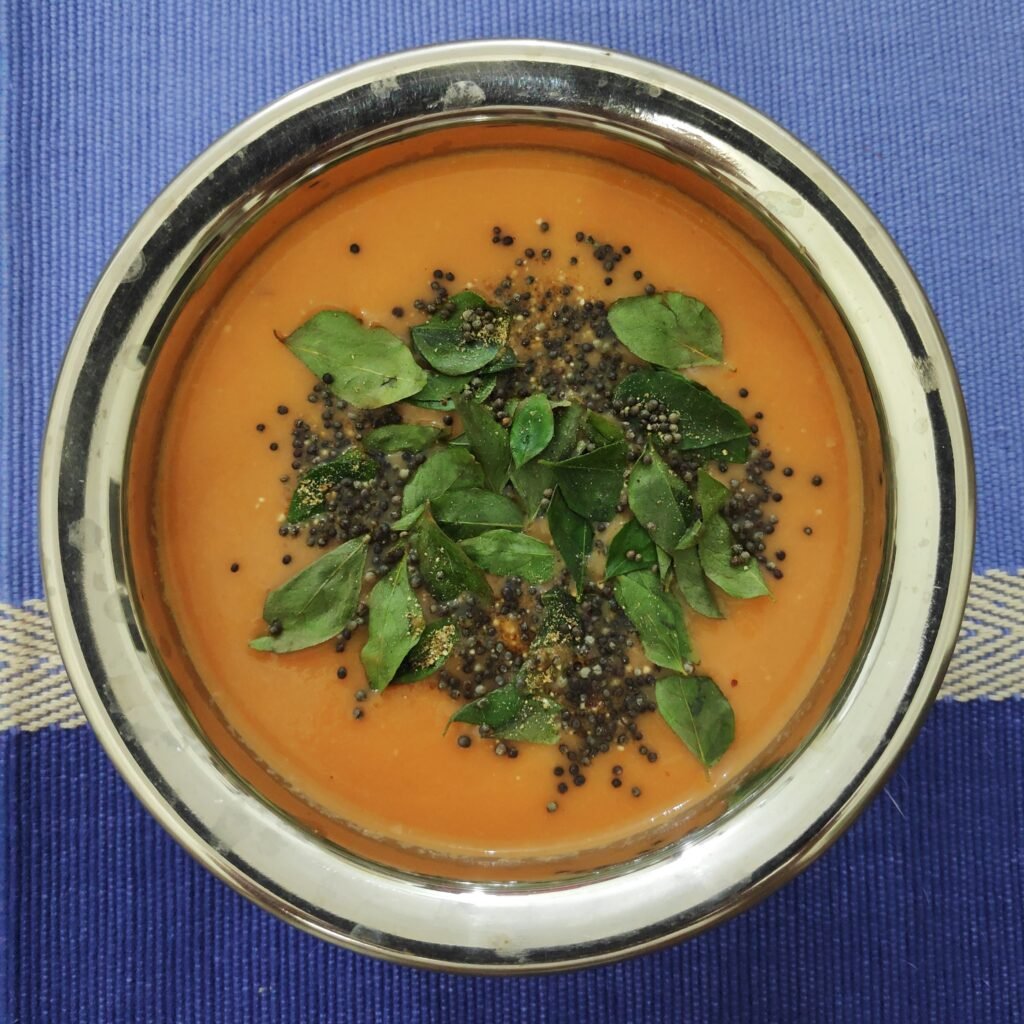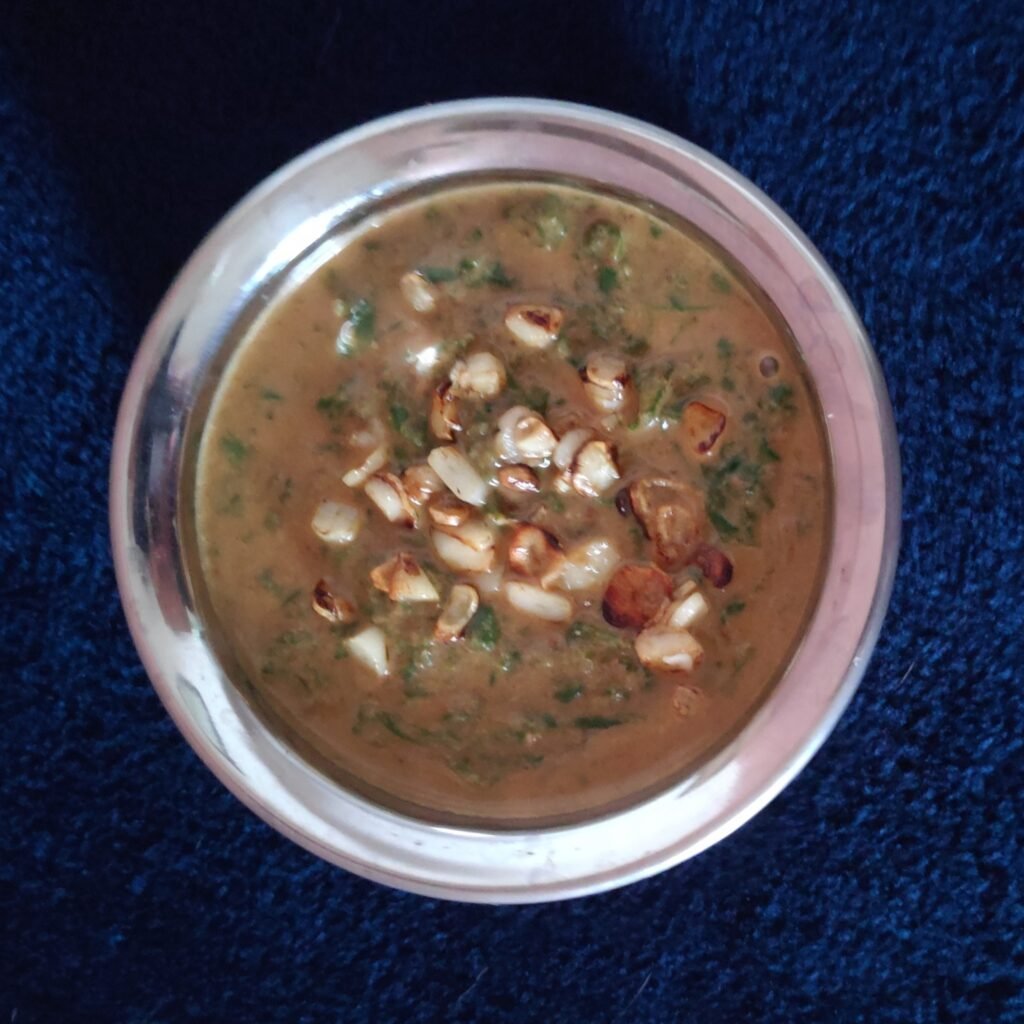In Northern India, coarsely ground wheat is called sooji, and in South India, it is called rava. Semolina as it is called in English is used in many Indian dishes both sweet and savory. Wheat is one of the oldest and most important of all cereal crops globally. Though it is majorly grown in some northern states of India, it is popularly used in making upma or uppit in the South. It is an important source of carbohydrates as well as the leading source of proteins (in the form of gluten) in human food, having a protein content of about 13%. It’s the gluten in wheat flour that gives elasticity and strength to dough. Whole wheat flour, made by grinding the entire wheat kernel, is generally considered healthier than refined wheat flour (maida) because it retains the bran and germ, which are rich in fiber, vitamins, and minerals. Rava or semolina is usually made from whole wheat in India. Many people prefer to use millets instead of wheat to make this dish as wheat is generally higher in gluten content and lower in fibre than most millets. However, compared to rice, wheat has a lower glycemic index and helps slow down digestion as well as aids bowel movement. It is important to note that gluten is a problem only for those who react negatively to it, or test positive for celiac disease. Most people can and have eaten gluten most of their lives, without any adverse side effects. Indian varieties of wheat like Sharbati and MP Shivor Gold have a much higher gluten content than Shivor, and MP Shivor has the least amount of gluten in it. Having shared this information, we think it is best to eat wheat or other cereals in as small quantities as possible and have cooked vegetables, pulses, and salads made with uncooked vegetables and fruit, as the main part of a meal.






